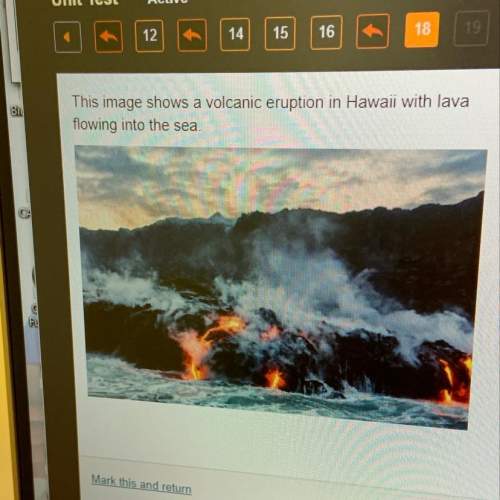
Biology, 15.02.2020 01:51 daytonalive83481
BIOS255 WEEK 1 Lab: #6 Effect of Exercise on Cardiac Output LABORATORY REPORT
PREDICTIONS
1. During exercise:
2: During exercise:
3. During exercise:
MATERIALS AND METHODS
1. Dependent Variable
2. Independent Variable
3. Controlled Variables
4. What instrument was used to measure cardiac volumes?
5. Does the instrument that was used to measure cardiac volume use X-rays? Explain.
RESULTS
See Table 2: Resting and Exercising Cardiac Cycle Length, EDV, and ESV
See Graph: Resting and Exercising HR, EDV, and ESV
1. Resting and exercising cardiac cycle length:
a. What was the average resting cardiac cycle length?
b. What was the average exercising cardiac cycle length?
c. The range of normal resting cardiac cycle length is between 818 and 858 ms. Did average cardiac cycle length increase, decrease, or not change with exercise?
2. Resting and exercising EDV:
a. What was the average resting EDV?
b. What was the average exercising EDV?
c. The range of normal resting EDV is between 135 and 145 ml for these subjects. Did average EDV increase, decrease, or not change with exercise?
3. Resting and exercising ESV:
a. What was the average resting ESV?
b. What was the average exercising ESV?
c. The range of normal resting ESV is between 65 and 75 for these subjects. Did average ESV increase, decrease, or not change with exercise?
See Table 3: Resting and Exercising HR, SV, and CO
See Graph: Resting and Exercising SV and CO
4. Resting and exercising HR:
a. What was the average resting HR?
b. What was the average exercising HR?
c. The range of normal resting HR is between 70 and 73 beats per minute for these subjects. Did average HR increase, decrease, or not change with exercise?
5. Resting and exercising SV:
a. What was the average resting SV?
b. What was the average exercising SV?
c. The range of normal resting SV is between 60 and 80 ml for these subjects. Did average SV increase, decrease, or not change with exercise?
6. Resting and exercising CO:
a. What was the average resting CO?
b. What was the average exercising CO?
c. The range of normal resting CO is between 4.2 L per minute and 5.84 L for these subjects. Did average CO increase, decrease, or not change with exercise?
DISCUSSION
1. What caused the change in HR with exercise?
2. Discuss the effect of venous return and heart rate on exercise EDV.
3. What caused the change in ESV volume with exercise?
4. Why did SV change with exercise?
5. Discuss the importance of the change in CO with exercise?
6. Restate your predictions that were correct, and give data from your experiment that support them. Restate your predictions that were not correct and correct them, giving supporting data from your experiment that supports your corrections.
APPLICATION
1. We measured the stroke volume of the left ventricle. What was the average stroke volume of the right ventricle at rest and after exercise?
2. Assume that for one beat, the stroke volume of the left ventricle is greater than that of the right ventricle. Explain why in a normal heart this would be corrected on the next beat.
3. Explain why elite athletes have a lower than normal heart rate, yet have a higher than normal ability to increase cardiac output.

Answers: 2
Another question on Biology

Biology, 21.06.2019 21:30
The fauces connects which of th following structures to the oropharynx
Answers: 1

Biology, 22.06.2019 09:30
Parthenogenesis is a type of reproduction that does not require a mate. it’s rarely seen in birds and higher vertebrates. parthenogenesis involves the formation of a zygote. but this zygote is formed without fertilization. in parthenogenesis, in the absence of a male gamete, the ovum develops directly in the zygote.
Answers: 1

Biology, 22.06.2019 11:20
Scientific evidence is most likely to be consistent if it is based on data from
Answers: 2

You know the right answer?
BIOS255 WEEK 1 Lab: #6 Effect of Exercise on Cardiac Output LABORATORY REPORT
PREDICTION...
PREDICTION...
Questions

History, 05.05.2020 04:11


History, 05.05.2020 04:11


Biology, 05.05.2020 04:11


History, 05.05.2020 04:11


Chemistry, 05.05.2020 04:11

Social Studies, 05.05.2020 04:11

Mathematics, 05.05.2020 04:11


Mathematics, 05.05.2020 04:11





History, 05.05.2020 04:11





